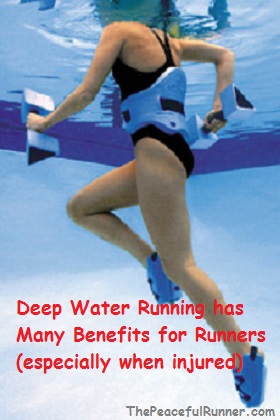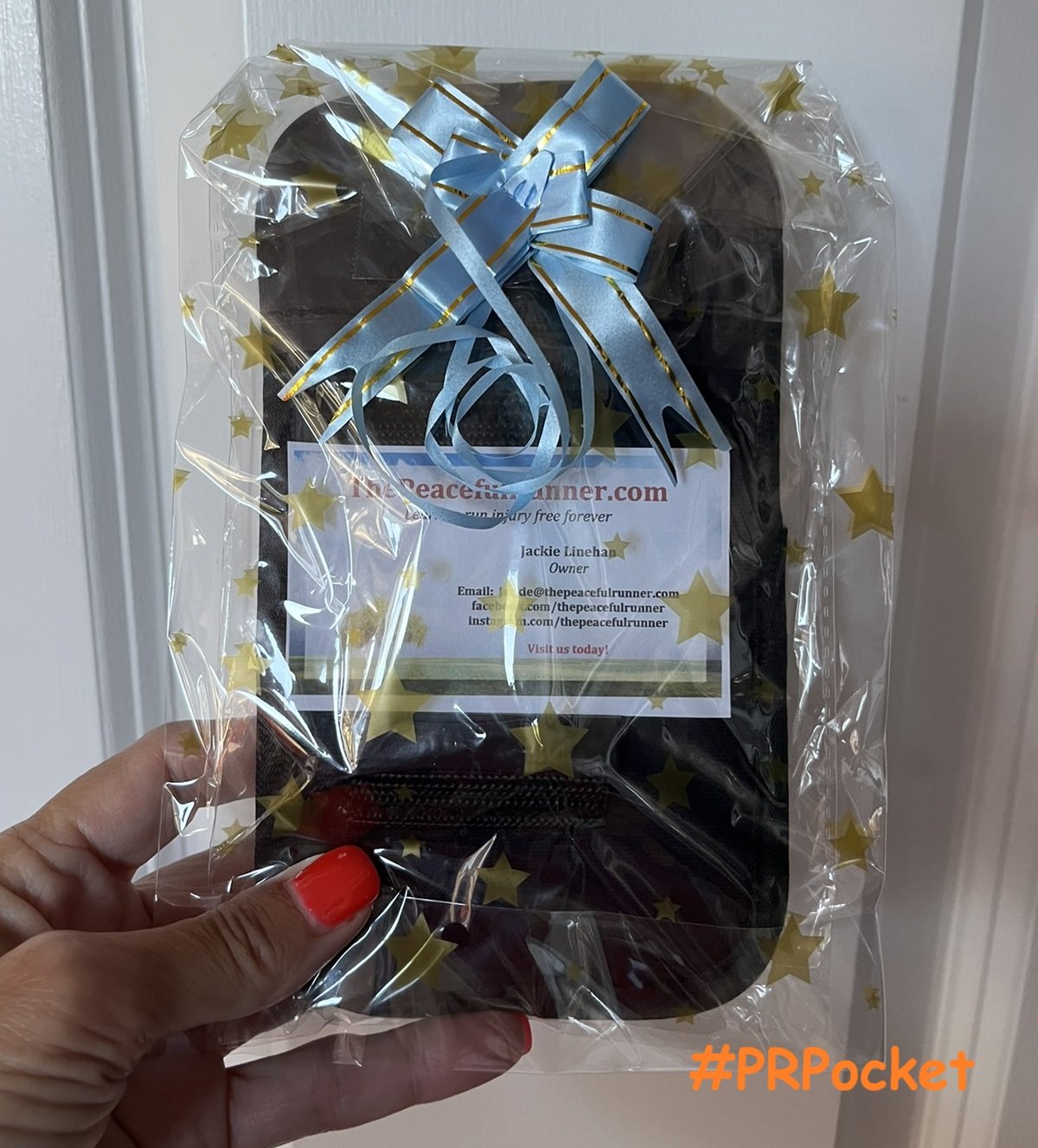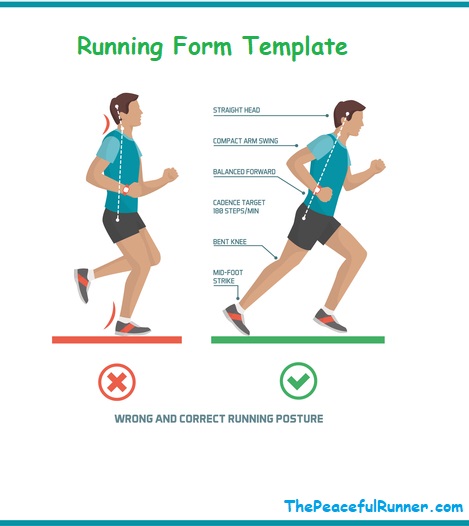- Home
- Injury Recovery
- Deep Water Running
Deep Water Running Has Many Benefits for Runners Including Injury Recovery!
FTC Disclosure: As an Amazon Associate, I earn from qualifying purchases. Learn more
Runners everywhere are discovering deep water running as being one of the best options for cross-training. It's also the perfect way to maintain your fitness when you have an injury!
Basically, it is running in deep water, suspended by a flotation device such as a vest, belt or Aqua Jogger. You can achieve the same workout as when running in less time and with less impact. Water running uses the same muscles as regular running, but it is much kinder to your body.
Water running offers a more intense workout as the water density provides resistance everywhere. Athletes are choosing to run in water when they are injured, when they want to enhance their training, when they want to work on their form, and when the weather is not suitable for an outdoor workout.
Studies show that athletes who trained by running in deep water as opposed to running on land did not lose their fitness. It is an effective method for runners to stay fit when they cannot run on hard surfaces.
Benefits of Deep Water Running
There are numerous benefits to pool running. Here are some of the reasons why you should consider adding deep water running to your training plan:

- Increases muscle endurance due to increased resistance in all directions
- Helps you recover from injuries while continuing to train
- Improves running form
- Stress-free, non-impact workout
- Provides strength training in both arms and legs
- Helps beginners ease into land running
- Provides cross-training that most closely resembles land running
- Provides a great cardiovascular workout
- Prevents injuries
How to Run in Deep Water
To run in deep water you will need a flotation device such as an Aqua Jogger Belt to keep you suspended in the water. Your feet should not touch the bottom. Warm up first by swimming for a few minutes. Then start in the shallow end and gradually move into deeper water until your feet can no longer touch the bottom.
When you are suspended in deep water, use your normal running form and start running. Keep your shoulders back and your head up as you would do on land. Try to keep your alignment straight without leaning. Run for 5-10 minutes initially.
Pool running provides a lot of resistance, so you will tire very easily. With practice you will be able to run for longer periods of time.
When you are able to maintain your form while water running, you can add variety to your training by doing intervals. Run at a faster pace for 5-10 minutes, followed by a slower pace for 5-10 minutes. You could also do laps at a regular pace and then laps at a sprint pace.
To learn more checkout this helpful Water Running Handbook and also check out the video below for a demonstration of pool running techniques.

In addition to deep water running, you can also add water aerobics to your workout. Use water barbells to build strength in your arms and give them a great workout.
Other articles:
How to Prevent Running Injuries
How to Use a Foam Roller
Best Treadmill
Back to Top
Return to Injury Recovery
- Home
- Injury Recovery
- Deep Water Running
FTC Disclosure: As an Amazon Associate, I earn from qualifying purchases. Learn more
NEW FEATURE - DISQUS COMMENTS!
Login using Facebook, Twitter, Google or Disqus.
Recent Articles
-
When the Music Stops, Awareness Begins
Nov 05, 25 10:54 AM
-
Get yours in time for gift giving!
Oct 24, 25 12:32 PM
-
Change How You Deal with Running Pain
Oct 10, 25 08:53 AM
-
Surprising Benefits of Backwards Running
Sep 15, 25 12:40 PM
-
It's an Awesome Product!
Aug 28, 25 09:25 AM
I went out for a walk this morning and I used the #PRPocket for the first time. I had to check at least 3 times because I thought I lost my phone (iPhone -
Running in Hot Weather: What Every Runner Needs to Know!
Aug 14, 25 01:00 PM
-
Sick of Dieting? You’re Not Alone — And There Is a Better Way.
Jul 30, 25 12:18 PM
-
Tips and Drills to Improve Your Running Cadence
Jul 25, 25 12:52 PM
-
Give Yourself a Self-Myofascial Release at Home with a Foam Roller!
Jun 28, 25 07:19 AM
-
The Overlooked Key to Better Performance and Fewer Injuries
Jun 13, 25 01:13 PM





















